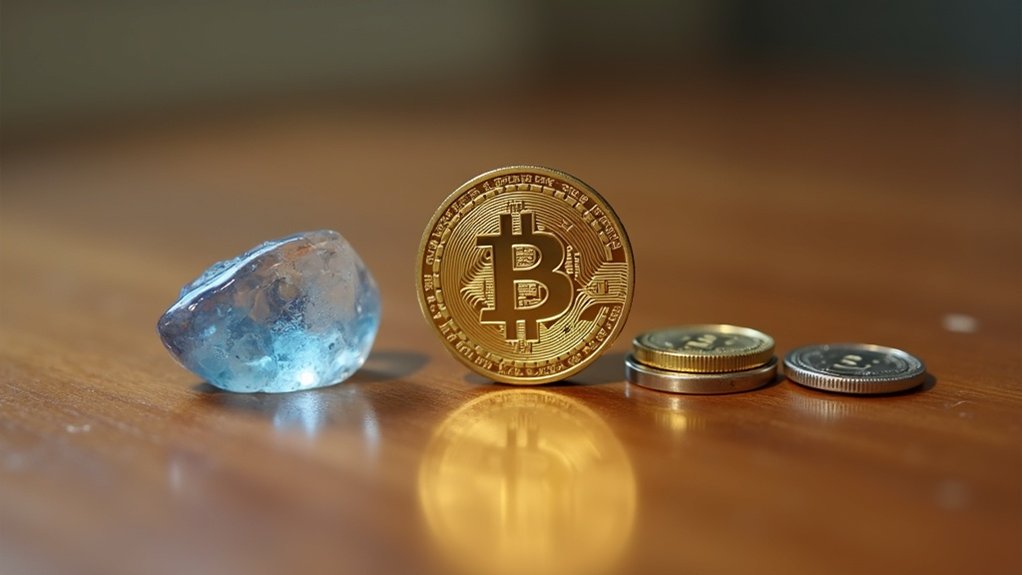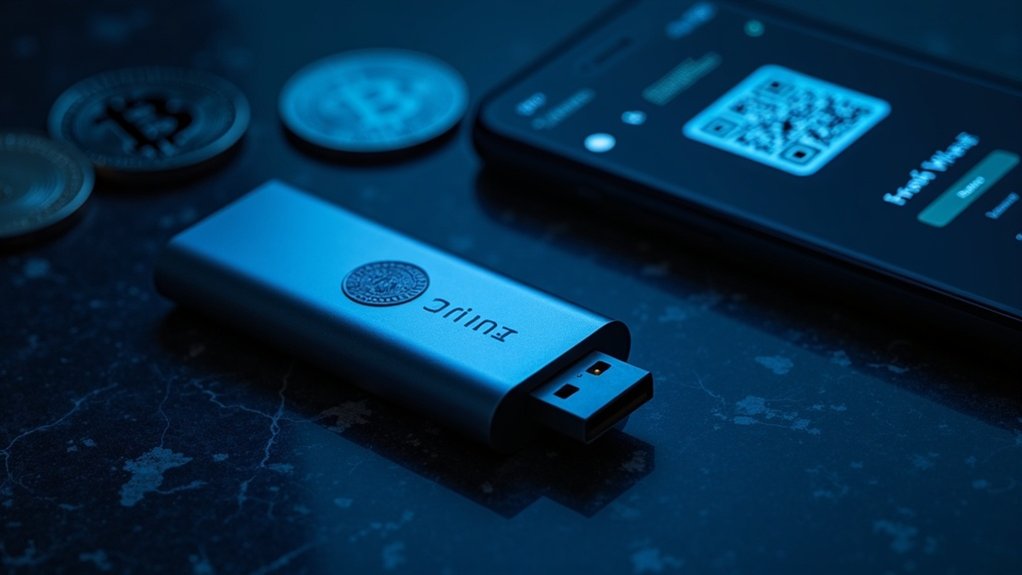Nobody “owns” Dogecoin. Created in 2013 by Billy Markus and Jackson Palmer as a joke, this cryptocurrency has since gone rogue. Both founders have jumped ship—Palmer withdrew from public life, while Markus sold all his coins for a Honda Civic in 2015. Seriously. The Dogecoin Foundation offers guidance, but the currency exists through a community of independent developers. No central authority calls the shots here. The truth behind this meme-turned-money gets even weirder.
While many cryptocurrencies began with serious financial ambitions, Dogecoin started as nothing more than an elaborate joke. Software engineers Billy Markus from IBM and Jackson Palmer from Adobe created the meme-based digital currency in 2013.
Palmer handled the marketing, slapping Comic Sans text on a Shiba Inu dog image and registering Dogecoin.com. Markus did the technical heavy lifting, modifying Luckycoin’s code (itself derived from Litecoin) in just a few hours. Not exactly the birth story of a financial revolution.
The technical design was deliberately accessible. Dogecoin uses the scrypt algorithm for its proof-of-work system, initially allowing regular people to mine coins without specialized equipment. They later tweaked the algorithm to prevent large mining pools from dominating. Smart move. New blocks are generated approximately every one minute interval, making transactions faster and cheaper than Bitcoin.
By late 2014, Dogecoin became merge-mined with Litecoin, letting Litecoin miners earn DOGE simultaneously. No extra effort required.
Supply strategy? Ridiculously different from Bitcoin. The founders set an initial cap of 100 billion coins—compared to Bitcoin’s measly 21 million—specifically to keep the price low and discourage get-rich-quick investors. By 2015, they scrapped the cap entirely. Unlimited supply. Inflation forever. Not your typical value-storage cryptocurrency.
Unlike Bitcoin’s scarcity model, Dogecoin embraces unlimited inflation—deliberately keeping prices down and speculators away.
Early ownership spread quickly among hobbyists and enthusiasts. The community exploded, funding the Jamaican Bobsleigh team and NASCAR drivers through collective donations. The Dogecoin community once raised approximately $55,000 to sponsor NASCAR driver Josh Wise with a Dogecoin-themed car.
Tipping culture became huge. Regular people sending each other digital dog money for good comments online. Imagine that.
Today, neither Markus nor Palmer controls Dogecoin. Palmer has largely disappeared from public view. Markus has publicly stated that he sold all his Dogecoin in 2015 for enough money to buy a Honda Civic. The Dogecoin Foundation provides guidance but doesn’t “own” anything.
There’s no central authority—just a community and independent developers maintaining the blockchain.
Frequently Asked Questions
How Does Dogecoin Mining Work?
Dogecoin mining uses the Scrypt algorithm in a Proof-of-Work system. Miners compete to solve cryptographic puzzles with specialized ASIC hardware.
When they find a solution, they get 10,000 DOGE as reward. Most folks join mining pools rather than going solo—better odds that way.
The difficulty adjusts automatically to maintain one-minute block times. It’s energy-intensive, but that’s what secures the network.
Not exactly environmentally friendly, but hey, that’s crypto.
Can Dogecoin Reach $1 or Higher?
Dogecoin reaching $1 remains possible but faces serious obstacles. Most experts predict maximum values of $0.28-$0.33 by 2025, with some bullish outliers suggesting $1+ by 2030.
The massive 140 billion coin supply doesn’t help. Recent whale accumulation and golden cross patterns show promise, though.
Truth is, DOGE needs sustained demand growth to overcome its inflationary design. The meme coin’s volatility makes stable price predictions nearly impossible.
Could happen. Probably won’t anytime soon.
What Gives Dogecoin Its Value?
Dogecoin’s value stems almost entirely from social consensus.
No intrinsic worth here, folks. It’s powered by a perfect storm of meme culture, community enthusiasm, and those famous Elon tweets that send prices soaring.
Low transaction fees give it some utility, sure.
But let’s be real—DOGE thrives on hype cycles, social media buzz, and celebrity endorsements.
Unlike Bitcoin, it lacks scarcity with its unlimited supply.
Value? It’s whatever people collectively decide it is.
How Does Dogecoin Compare to Bitcoin Technically?
Dogecoin uses Scrypt-based PoW instead of Bitcoin’s SHA-256. This means easier mining with regular hardware, not just specialized ASICs.
Big difference? Speed. DOGE confirms blocks in 1 minute versus Bitcoin’s 10, handling 33 transactions per second compared to Bitcoin’s measly 7.
Fees are way cheaper too—$0.13 versus potentially $7+ with Bitcoin.
Unlike Bitcoin’s 21 million cap, Dogecoin has unlimited supply, adding 5 billion coins annually.
Less secure, but faster and cheaper. That’s the trade-off.
What Are the Environmental Impacts of Dogecoin?
Dogecoin, like Bitcoin, runs on energy-hungry proof-of-work mining.
In 2022, it emitted 1,063 tons of CO2—down 25% from 2021. Not great, not terrible. It’s actually cleaner than many cryptocurrencies, with a low environmental footprint score of 0.12 compared to Bitcoin Cash’s 18.957.
Recent initiatives aim to slash its carbon footprint by 50% within two years. They’re partnering with eco-conscious firms and using renewable energy.
Elon Musk’s involved too. Shocker.









